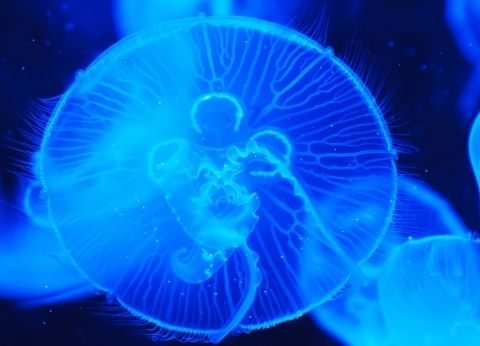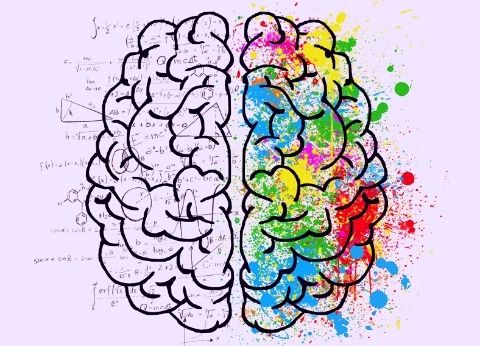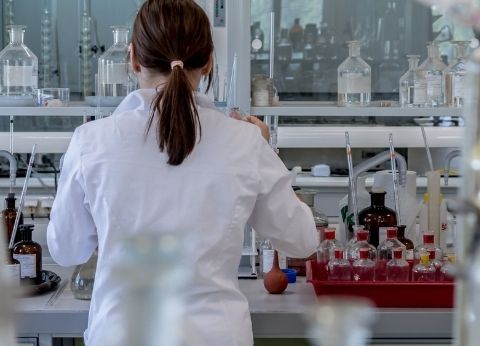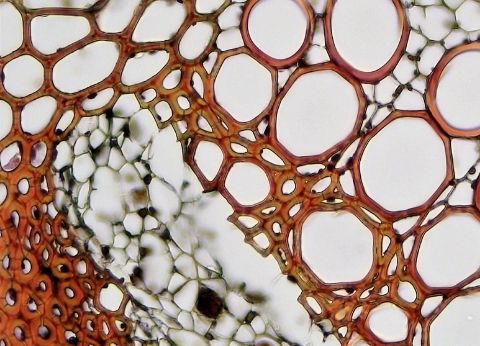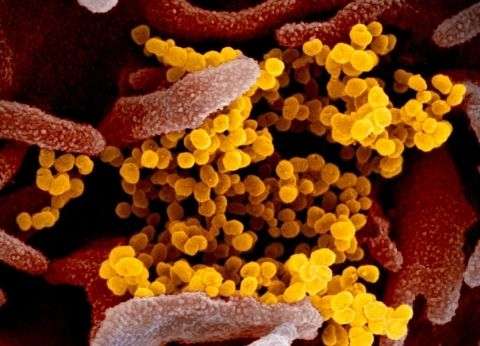
The Biology Course Diagram
Modern science is an integration of many core scientific disciplines. Courses within the Biology Department fall within 6 distinct AND integrated subdisciplines, shown in the overlapping circles: Ecology & Evolution, Organismal Biology, Neuroscience & Physiology, Genetics & Development, Cell & Molecular Biology, and Microbiology. You can learn more about each of the subdisciplines by clicking on the links below. All subdisciplines share a common underlying theme of human/environment interactions shown as THE CORE of overlapping circles. These subdisciplines and the Biology courses that fall within them complement and build from each other.
The Biology Department has facilities, centers, and resources that support these subdisciplines in the areas of Visualization and Imaging, Systems Biology and Society/Education shown at the vertices of the triangle.
Visualization and Imaging is supported by the Light Microscopy and Imaging Facility and X-Labs. The Light Microscopy and Imaging Facility provides instrumentation, resources, training, and consultation to empower research and education. The study of physical structures and spatiotemporal relationships in biology through innovative imaging technologies, quantitative image analysis, and computational modeling. These extend across all size scales in biology, from studying populations and ecosystems via drones and global information systems (GIS) to studying tissues and cells via high-resolution microscopy.
Systems Biology is supported by the Center of Genome and Metagenome Studies (CGEMS). CGEMS provides resources for innovative, leading-edge research and training in the methods and principles of genomics, metagenomics, transcriptomics. Systems Biology is a way of studying complex biological systems by integrating multiple individual components together using a variety of computational and mathematical modeling approaches. A biological system can be anything from a single cell to an entire ecosystem and this approach integrates many scientific disciplines such as biology, computer science, engineering, bioinformatics, mathematics and others.
Biology, Society and Education is an area for future growth. Here students combine the study of biology with the study of its impact on humans and human society. This interdisciplinary and modern approach places the process of scientific discovery, those discoveries, and their current and potential applications in the context of social, ethical and political issues. Our faculty and students are involved in many educational outreach activities. Many of the Biology courses have a service-learning component. Several Biology courses are targeted for future secondary education teachers.



